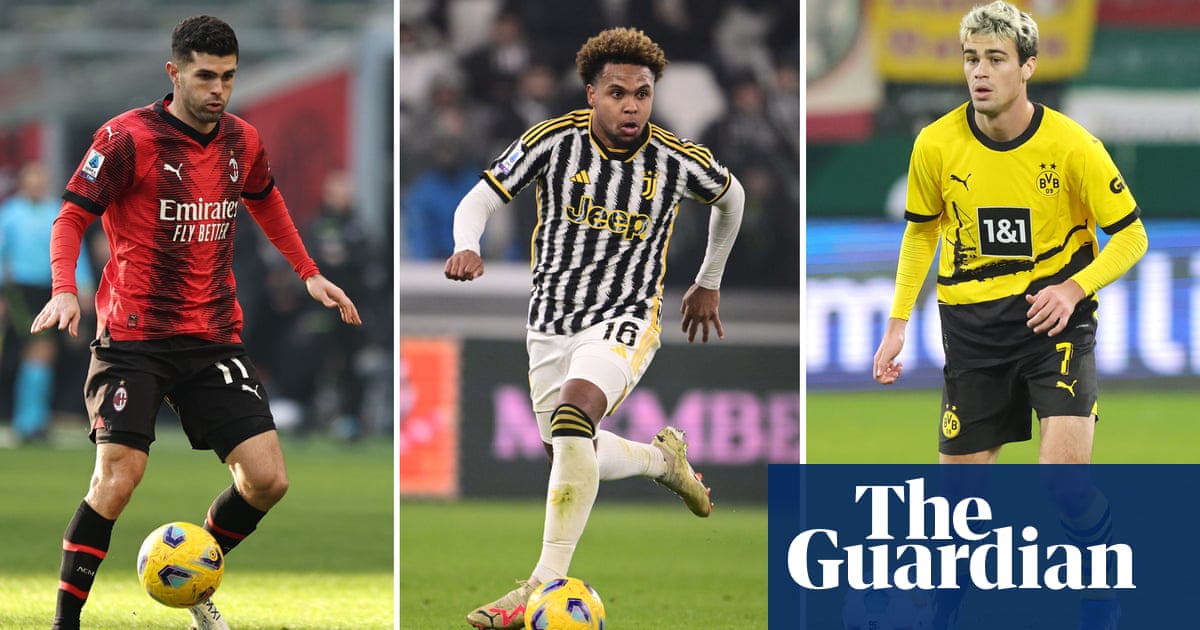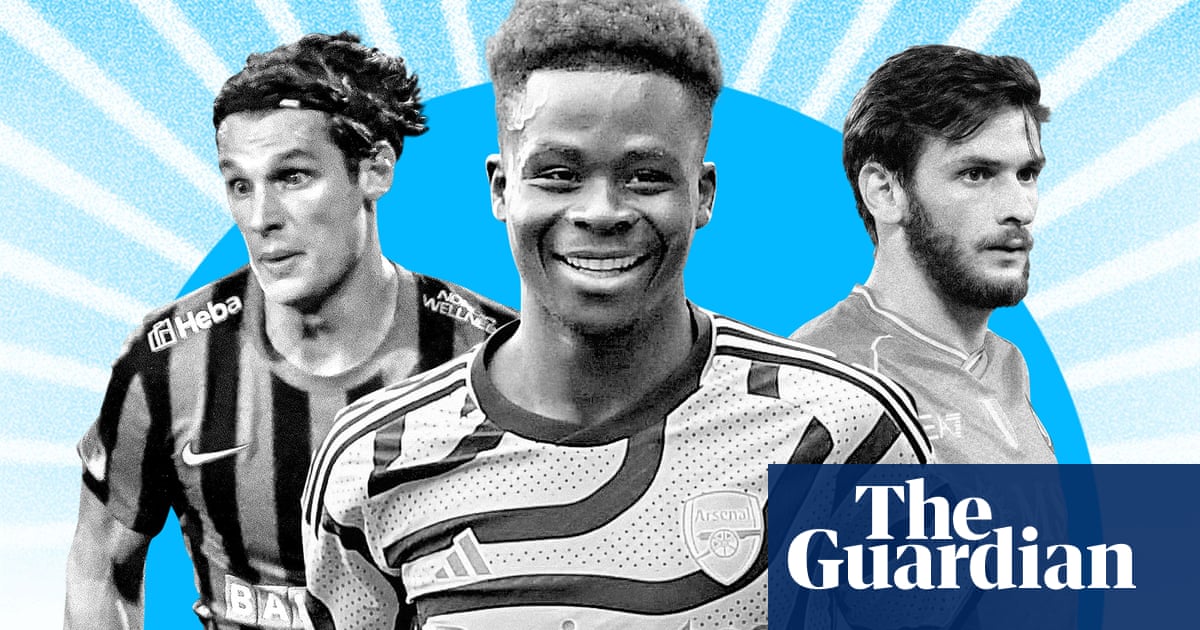
There are 32 different nationalities represented in the Guardian’s list of the Top 100 best male footballers in the world for 2023. The top spot is claimed by a player from Norway – a country of just 5 million people – who also have another player inside the Top 20. In the Top 100, there’s a Georgian, a Guinean and even a Canadian. There isn’t, however, an American anywhere in sight.
In one sense, that isn’t surprising. Plenty of American soccer players have made a name for themselves at a high level, and continue to do so, but the country has famously – or infamously – never produced a true superstar of the sport. The USA is still waiting on its billboard icon. For now, the country’s biggest soccer star is Lionel Messi. But why? Surely it’s reasonable to expect to see just one American in a list of the world’s best 100 players?
This was meant to be a golden generation of American soccer talent, after all. If the US men’s national team’s failure to qualify for the 2018 World Cup was a nadir in the modern era of the sport in the country, this current cycle was supposed to be a glorious resurgence spearheaded by some of the best American players in history.
Christian Pulisic was meant to be the one. And while the 25-year-old is certainly playing at a high level for AC Milan, one of Italy’s biggest clubs, his career hasn’t quite filled out in the way most expected when he joined Chelsea in a €64m deal that made Pulisic the most expensive American soccer player in history by some distance. Chelsea director Marina Granovskaia described the 20-year-old as “one of Europe’s most sought-after young players.” That wasn’t hyperbole.
Pulisic ranked 77th in the Guardian’s 2017 list of the Top 100 male players. In 2018, he slid back to 246th with only three out of 2018 judges putting him in their Top 40. At this point, Pulisic hasn’t cracked the Top 100 in five years.
Injuries hindered Pulisic at Chelsea, though, as did the club’s uncertain managerial situation and the specific appointment of Thomas Tuchel who used a system that didn’t have a natural place for the American winger in his team. Talent has never been an issue, but Stamford Bridge wasn’t the right environment for that to come to the fore. Chelsea never harnessed Pulisic in the way they should have.
It was a similar story for Sergiño Dest, the Dutch-born US international who joined Barcelona from Ajax in 2020 as one of the best young right backs in the world. Signed at the request of Ronald Koeman, Dest wound up playing under three different managers in his first year at Camp Nou and failed to adapt to the demands of Xavi Hernández who quickly exiled him from the first team. Now on loan at PSV, Dest is rebuilding his career back in the Netherlands, where he has become a mainstay for the Dutch league leaders.
Gio Reyna was another American youngster widely seen as destined for the top, but injuries have prevented him from truly nailing down a starting spot at Borussia Dortmund. Still only 21, Reyna could still make an appearance in the Guardian’s Top 100 at some point in the future, but his career trajectory to date mirrors that of so many Americans who never quite fulfilled their elite level potential.
Some blame the grassroots of American soccer for this. The country’s ‘pay to play’ youth system too often prioritises profit over player development and has opened the door to outsiders who might not have the best interests of the sport in the USA at heart – see how Barcelona and Juventus have American youth academies that feel more like money-making schemes than genuine attempts to produce talent.
Others point to the relative immaturity of American soccer culture to explain the situation. Major League Soccer is only 27 years old. Before 1990, the USMNT went 40 years without playing at a World Cup. Soccer as a whole still isn’t seen through the mainstream prism that other American sports are. Culturally, other countries – even much smaller ones – are decades ahead of the US.
And yet the USA boasts more registered youth soccer players than any other country in the world. Studies consistently show interest in soccer at an all-time high – a 2019 Gallup poll 31% of Americans call themselves soccer fans. The USMNT is also ranked as the 11th best in the world according to FIFA – well ahead of Norway, Georgia, Guinea and Canada. And the US women’s national team boasts several world class stars (11 of the Guardian’s Top 100 female football players in 2022 were American).
Stars for the USMNT play throughout Europe’s biggest leagues, receiving the best training practices from some of the game’s top coaches – a contrast to the insularity of the top stars for the USWNT. The women’s team continues to churn out world-class talent, despite calls for players to look to move to the biggest clubs in Europe to get the national team back on track.
It can be difficult to pinpoint exactly why the USA has struggled to produce a male player among the world’s best which often leads to lazy takes, like the frequently repeated but still incorrect opinion that America won’t be able to compete on the global stage until its best athletes play soccer and not other sports like basketball and football. If physicality was the deciding factor, Adama Traoré would have more Ballon d’Ors than Messi.
The next couple of years will be a pivotal period for soccer in America, what with Messi now headlining the domestic league and the 2026 World Cup approaching – the US will also host this summer’s Copa América, the expanded Club World Cup in 2025 and the 2028 summer Olympics. If the USA is to one day become a true superpower in the sport, this is the time for it to happen. It will, however, take a generation or two for any lasting legacy to become apparent, certainly in the production of talent.
Maybe the USA’s lack of a Top 100 player is just down to bad luck and unfortunate timing. Would Pulisic be included if he’d chosen Liverpool over Chelsea and stayed injury-free? Probably. Is there a chance Folarin Balogun on his current trajectory makes it in the next few years? Possibly. Ultimately, though, America might be waiting a while for a Messi or Erling Haaland to call its own.












